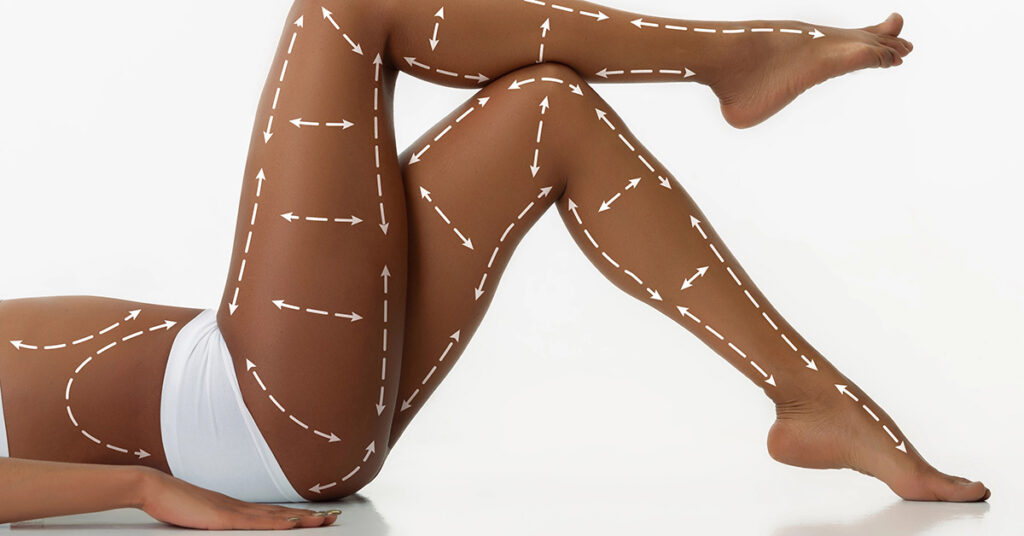
Body contouring has become one of the most requested categories in plastic surgery — and for good reason. Whether it’s addressing stubborn fat, loose skin, or reshaping multiple areas of the body after weight loss, body contouring offers patients a way to achieve a smoother, firmer, and more balanced appearance. For those who’ve worked hard to improve their health and fitness, this is often the final step toward looking as good as they feel.
What Is Body Contouring?
Body contouring refers to a range of surgical procedures that enhance the shape and proportion of the body by removing excess fat, tightening skin, or reshaping underlying tissue. These procedures are highly personalized and can target specific areas that are resistant to diet and exercise.
Common areas treated include:
-
Abdomen and waist
-
Thighs and hips
-
Arms and back
-
Chest (especially in men with gynecomastia)
-
Neck and lower face
-
Buttocks
Depending on your goals, body contouring may involve one or multiple procedures performed either individually or in combination.
Popular Body Contouring Procedures
Several surgical options fall under the umbrella of body contouring. Some of the most popular include:
-
Liposuction: Targets localized fat deposits and creates a more sculpted contour.
-
Tummy Tuck (Abdominoplasty): Removes loose skin and tightens abdominal muscles for a flatter, firmer midsection.
-
Arm Lift (Brachioplasty): Eliminates hanging skin and fat from the upper arms.
-
Thigh Lift: Reshapes the inner or outer thighs by removing excess tissue and improving tone.
-
Body Lift: Often performed after significant weight loss, this surgery addresses loose skin around the abdomen, flanks, buttocks, and thighs.
Patients who have experienced major weight loss—whether through lifestyle changes or bariatric surgery—often benefit from a comprehensive post-weight loss contouring plan to address excess skin in multiple areas.
Who Is a Good Candidate?
Ideal candidates for body contouring are healthy, non-smoking individuals who are close to their target weight but have areas of the body that don’t respond to diet or exercise. Patients should have realistic expectations and be committed to maintaining their results through a stable weight and healthy habits.
It’s important to remember that body contouring is not a substitute for weight loss — it’s a way to refine and complete your transformation.
The Benefits Go Beyond Aesthetics
While body contouring delivers dramatic physical improvements, the emotional benefits are often just as powerful. Patients report feeling more confident in their clothes, more motivated to maintain their fitness, and more at ease in their own skin. For many, it’s about reclaiming control over their appearance and feeling comfortable in their bodies again.
Start with a Consultation
If you’ve been considering body contouring, the first step is a consultation with a board-certified plastic surgeon. Together, you’ll review your goals, medical history, and physical condition to determine the right treatment plan for you. With advanced techniques and personalized care, body contouring can help you achieve the shape and confidence you’ve been working toward.







